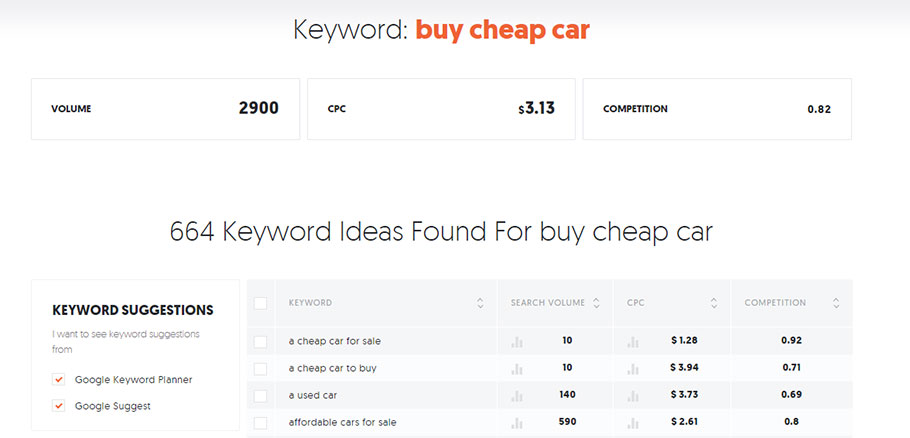What is an SEO translator?
SEO - or Search Engine Optimisation – is the process of increasing the number of visits to a website, by making sure it shows up as a top result on search engines. Successful brands optimise their website with content, images, video, keywords and focus on the user experience. Literally translating content from one language into another does not necessarily mean it will be well ranked in the target language. In fact, your website probably will not be well ranked if it’s translated word-for-word.
SEO translators understand the importance of localising keywords based on search volume per location. A keyword volume search can change from one country to another, and even vary between different regions. Knowing where to place the localised keywords inside the text is also of great importance, so let’s get right into it.
Add the SEO translator superpower to your CV and watch the work roll in!
We don’t pretend to have all the answers, but we will point you to the tools that will help you craft optimised translations and kickstart your journey on the exciting road to the SEO translator hall of fame. Do you have your SEO superhero name ready? Good, let’s begin.
1. Which search engine works better in your target country?
An SEO translator goes beyond language translation and moves further into the localisation world. To translate SEO, you have to be culturally aware of demographics, location and culture of the market you are targeting, and of course the most popular search engine.
Below is a screenshot from our recommended tool Statcounter that shows the preferred search engine of each country and will help you focus your attention and curate your keywords. As you can see in the U.S., Google has the lion's share of the market and is the one to which you should devote most of your attention. The most popular search engine in your target region is important to know as optimisation rules (on-page SEO) have different criteria and will affect your SEO keyword lists.

Identifying the most popular search engines in the target market is important
2. What is keyword translation?
Keep in mind you are a translator and not a marketing agency, so nobody will ask you for a comprehensive SEO analysis. Or at least they shouldn’t without adding a couple of zeros to your pay check! As an SEO translator, you will be given an optimised source text with a focus keyword and secondary keywords highlighted within the text. Your job is to translate these keywords so they rank high on the preferred search engine and hit the right demographic in the country you are targeting.
To give you a head start, we recommend using the free tool Ubersuggest. You already possess the necessary linguistic and cultural knowledge about your target country, but Ubersuggest will give you up-to-date data on how well the words you have chosen perform in the target market. So, you have your keywords set and are ready to go, but where should you place them?

Real-time data on local keywords performance ensures your keywords fit the target market
3. Does the position of keywords matter?
The short answer is definitely! The source text should already be highlighted showing you where to place your carefully translated words, however do not become complacent. Optimisation rules can change from country to country, so remember to check the rules for your own market.
Don’t panic – the differences are normally quite small
For Google optimisation, the following elements have to be optimised to rank highly and for you to earn your SEO translator cape: The URL, meta description, first paragraph of the text or H2. You will have to place your keyword translations in each of these locations, while maintaining the natural flow of the text. It is the most difficult part of your mission, testing all your skills as a translator. Are you ready to take on the challenge?
The keywords are not marked in the source text? Don’t panic! If you have read the optimisation rules you can complete this mission solo – Go for it!
The perfect sidekick to help you in this quest is Yoast. It operates in real-time and will tell you which parts of the text you should improve. “Yoast” will not detect specific elements like internal links, as it is designed as a plugin for content management systems (CMS), but it still provides helpful recommendations to improve your text. So remember – brains are cleverer than bytes and use your head! Also, make sure you read the corresponding optimisation rules carefully.
The world of website localisation is rapidly evolving. We hope you are feeling inspired and ready to tackle the world of SEO translation!
